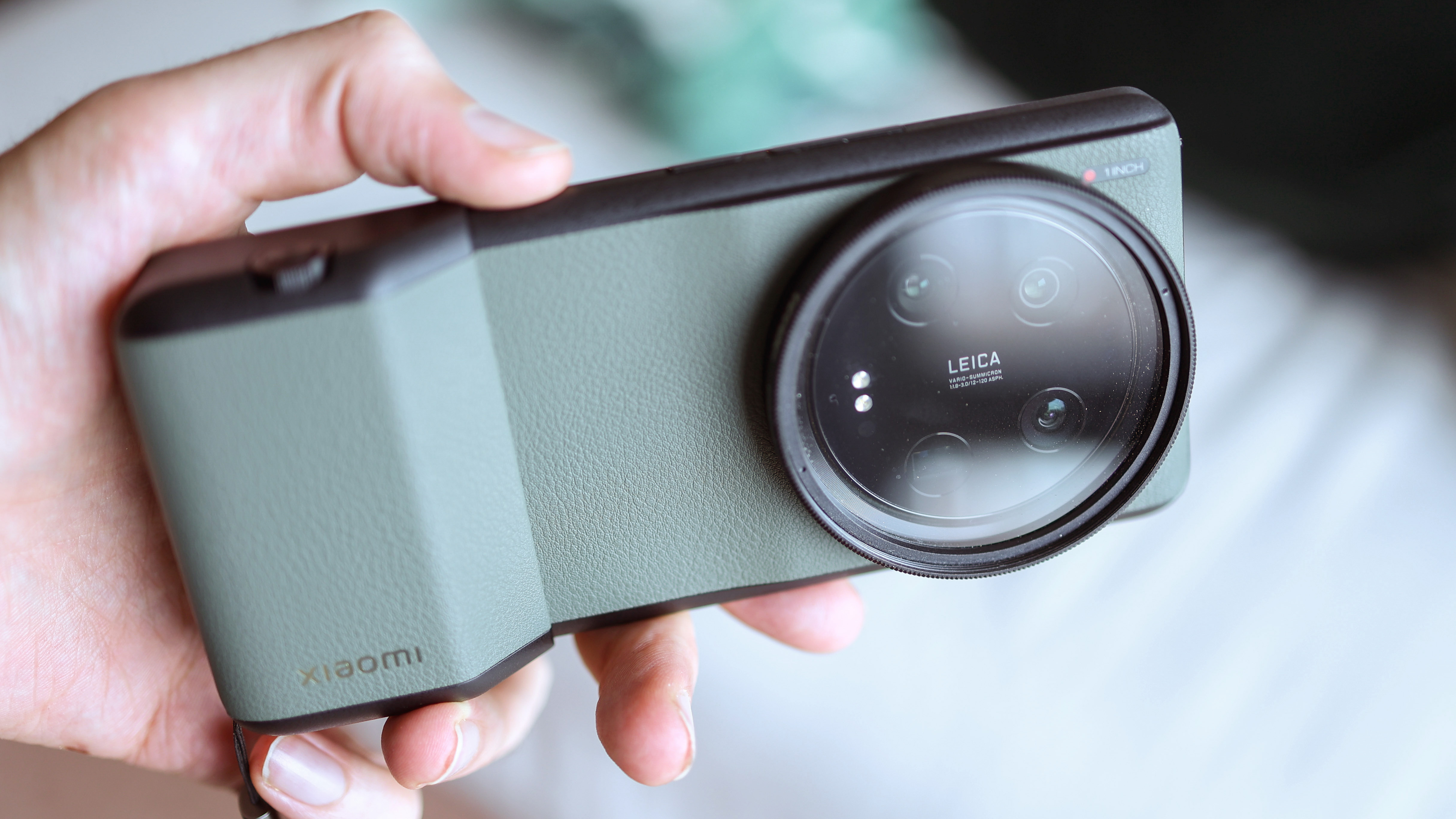

Xiaomi may have just dropped the mightiest camera phone ever made in the Xiaomi 13 Ultra. I've been using one for a week and think the competition ought to be looking with great interest.
Yes, the iPhone 14 Pro and Samsung Galaxy S23 Ultra are excellent, and lesser-known brands like Honor are churning out fantastic alternatives – the Magic 5 Pro is one of the better ones that T3's tested – but it's Xiaomi that has partnered with Leica to create a system of cameras that steps ahead from these competitors in key areas.
When talking about the Smartphone Olympics podium, it really is about splitting hairs, especially when it comes to camera quality. For example, Samsung wins out with its 10x reach zoom. For video, many rate Apple's quality over the competition. And Honor's far-reaching macro camera is a thing of beauty, capable of capturing DSLR-style shots like this with rich, yet natural processing (see my snap embedded below).
Spring be springing📸 Honor Magic 5 Pro 3.5x zoom pic.twitter.com/ggyQIayxAQApril 8, 2023
But when it comes to camera specs and accessories, all three camera phones are looking a little worse than they did a week ago, before Xiaomi launched the new 13 Ultra.
The 13 Ultra has only been confirmed for China thus far, though, and while Xiaomi has told us that it will be launching globally, there's been no word on a UK-specific release. So most will have to admire it from a distance for now, and make do with the powerful Xiaomi 13 Pro if they want a Leica fix.
After attending the launch event in Beijing, though, I've been using the phone for six days, and to say I'm impressed is an understatement. Getting into specifics, there are four key areas it's checking my boxes: its main camera; the camera system as a whole; Leica and Xiaomi's photo processing; and its seriously cool camera grip case.


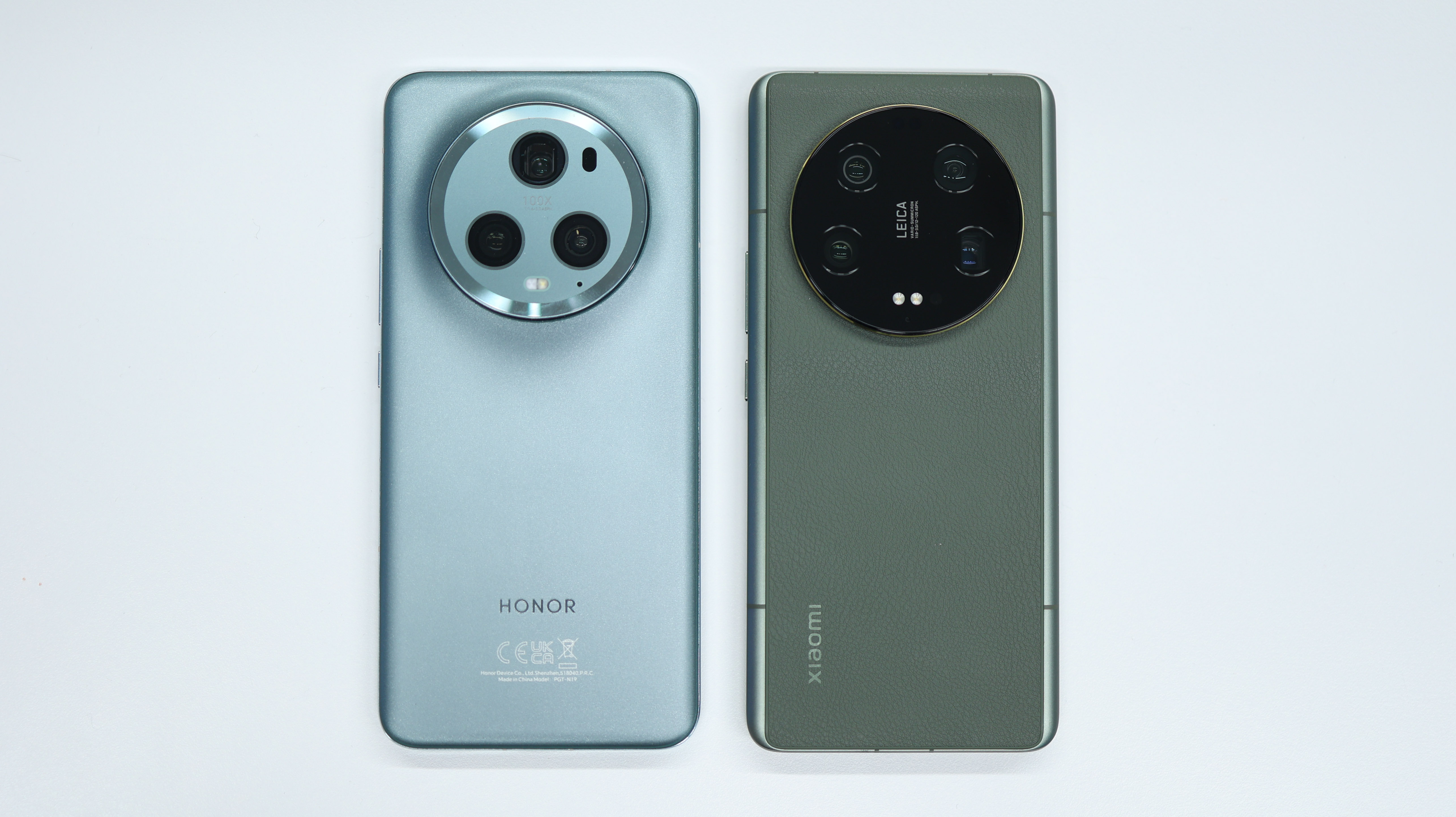
MAIN CAMERA: 1-inch + VARIABLE APERTURE
The first thing about the Xiaomi 13 Ultra that should make photography fans stop in their tracks is the main camera. Specifically, it has a mighty sensor and its lens could be a game changer.
Get all the latest news, reviews, deals and buying guides on gorgeous tech, home and active products from the T3 experts
What’s so special about the sensor? Its 1-inch size. Like the Xiaomi 13 Pro, which T3's Tech Editor called 'the new camera king', this larger-than-the-norm sensor is great for taking photos, day or night. It's as big a sensor as you'll find in premium compact cameras these days.
The 13 Ultra isn’t the first phone to pack this camera-grade Sony IMX 989 sensor. Xiaomi developed it with Sony for 2022's 12s Ultra model, and it’s since dropped on the Oppo Find X6 Pro, Vivo X90 Pro and the Xiaomi 13 Pro mentioned above.
One thing all those phones have in common, though, is their excellent main camera, so the 13 Ultra is off to a flying start.



Much more unique, though, is the Leica lens. The Xiaomi 13 Ultra is the only phone that combines this giant sensor with a variable aperture. We covered this in detail when the phone was announced, so for a fuller explanation, read up on the Xiaomi 13 Ultra’s Galaxy S9 party trick.
In a nutshell, though, the 13 Ultra’s main camera can switch its aperture between f/1.9 and f/4. That helps with controlling depth of field, and can also manage how much light hits the camera sensor, unlocking creative photography options.
CAMERA SYSTEM: SONY SENSORS ABOUND
The Xiaomi 13 Ultra’s secondary cameras are also better-specced than most of the competition.
Take the Samsung Galaxy S23 Ultra, which also packs the same number of cameras: a primary, ultra-wide, mid-reaching zoom and a far-reaching zoom. In fact, the S23 Ultra reaches further than the Xiaomi 13 Ultra, with its max optical zoom being 10x, versus Xiaomi’s 5x.
But if we geek out and go down to the sensor level, the three secondary cameras on the Xiaomi 13 Ultra are all 50MP sensors (Sony IMX 858, if you want the detail). They’re a fair bit bigger than the sensors Samsung uses, which translates to a better-quality snap – especially at night.
All the photos below I took using the 13 Ultra's zoom lenses.
More Xiaomi 13 Ultra photos (all auto mode)#Xiaomi13Ultra pic.twitter.com/LWOZFACzIgApril 20, 2023
On top of the sensor sizes being great across the board, the Xiaomi 13 Ultra also has wider apertures across its cameras. This further boosts their nighttime performance, while also helping them capture more dramatic shots with a shallower depth of field.
As mentioned, all the cameras around the back of the 13 Ultra are also 50MP resolution. They all use Sony sensors, and three use the same sensor. That means all four can shoot 8K video, and they all capture photos at the same resolution for that bit of extra consistency.
So while the primary camera is still the best one on the 13 Ultra, the cameras feel more like a cohesive system than on some competition.
PHOTO PROCESSING: LEICA TUNING
Good hardware is for nought unless photo processing can back it up and eke out excellence from a camera sensor and lens. Thankfully, Xiaomi partnered with Leica to hone its look over the last year, and boy does this pay off with the Xiaomi 13 Ultra.
When you launch the camera app, you’re given a choice: Leica Authentic, or Leica Vivid. Similar to what Apple does on its new phones, instantly giving you the choice to boost vibrancy or pare back colours in your photos. Your shots are instantly more tuned to what you want as a result.
Xiaomi has also done some incredible things with its dynamic range and colour balance across its cameras.
Have a look at this photo I took using the Xiaomi 13 Ultra's zoom camera:
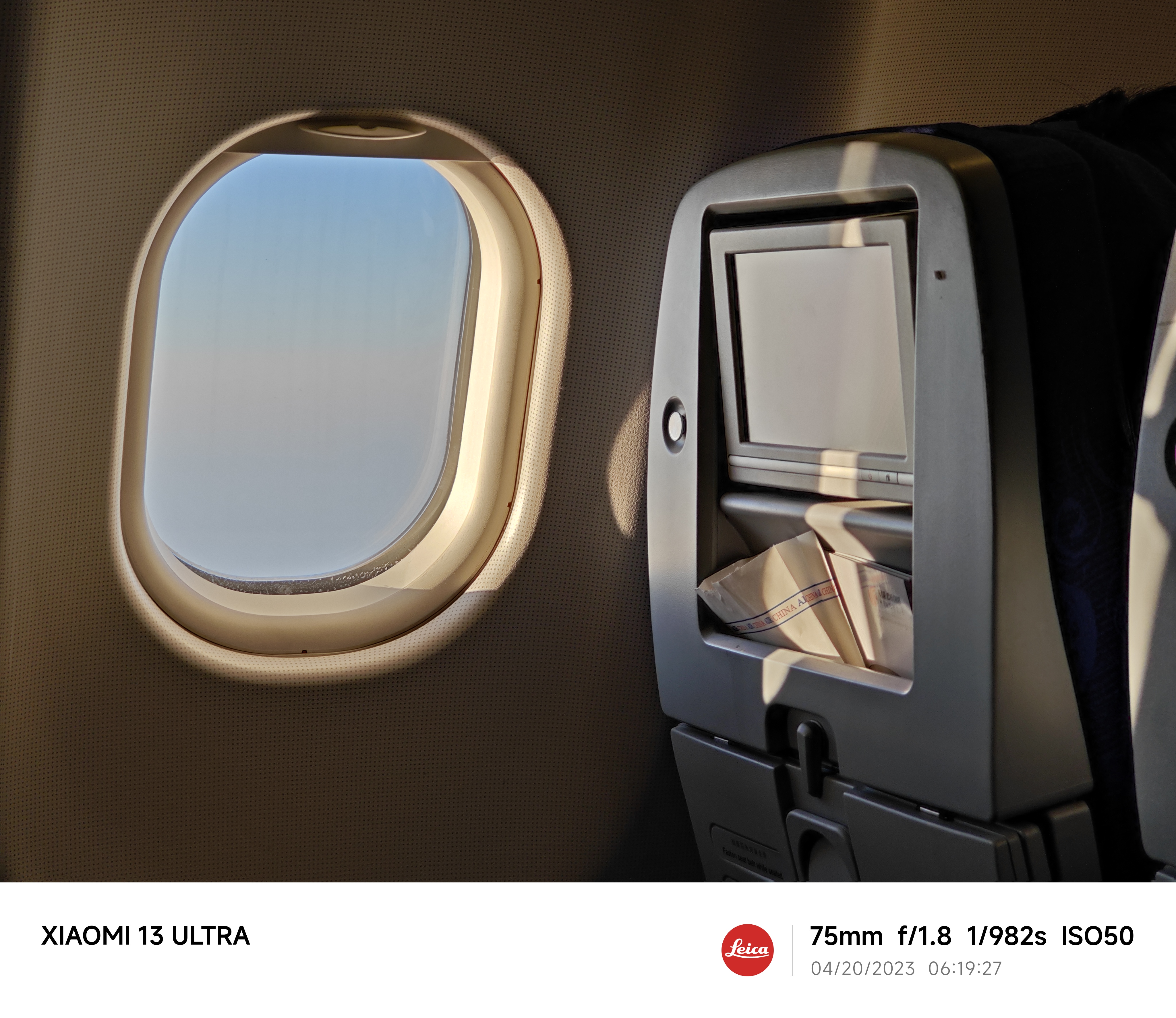
Usually, light flooding one part of the picture (the window), would throw the exposure balance right off. In this photo, Xiaomi’s automatic processing has balanced the shot beautifully.
Fire up Pro mode, and it’s a Pandora’s box of ways to get your David Bailey on. Of course, you can control the main camera’s aperture, ISO sensitivity, shutter speed, focus and white balance. There’s also scope to customise tone, hue and sharpening too. And all Leica’s filters are loaded up here as well for some quick pre-shot stylised edits.
Pro mode is also where you can shoot RAW and Ultra RAW, the latter offering 14-bit capture. That isn’t quite the 16-bit of Samsung’s Super RAW of the S23 Ultra, but it isn’t far behind.
CAMERA GRIP: CASE CLOSED
Finally, the thing that ties everything together with a perfectly packaged ribbon on top is the case. Not the case in the box, though this is a really nice hard plastic shell.
I'm instead talking about the camera grip case that adds a tonne of utility to Xiaomi’s super camera-phone. At its core, it’s just a simple case with a similar finish to the phone itself – vegan leather, so it looks sleek and stylised to the nines.
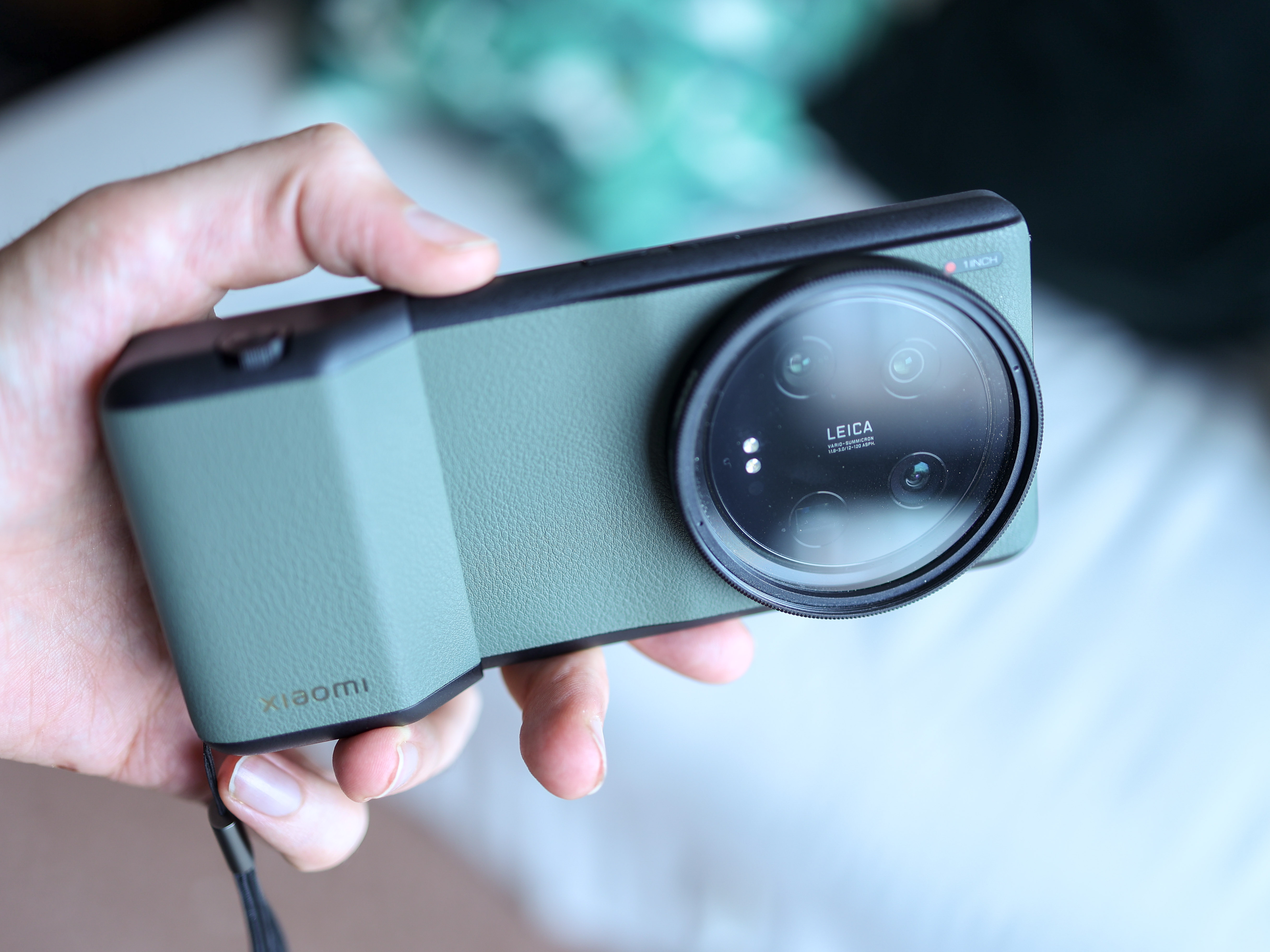
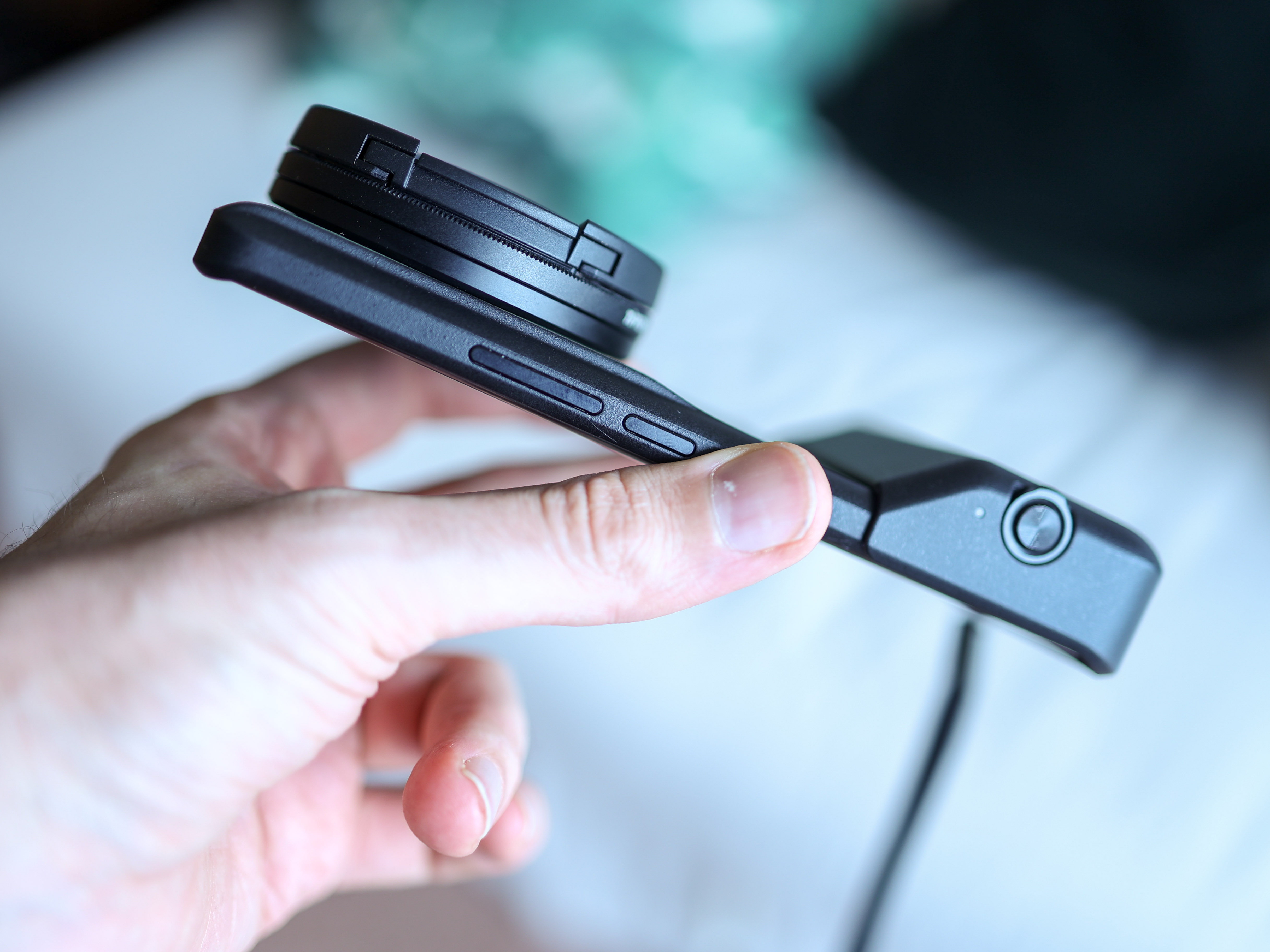
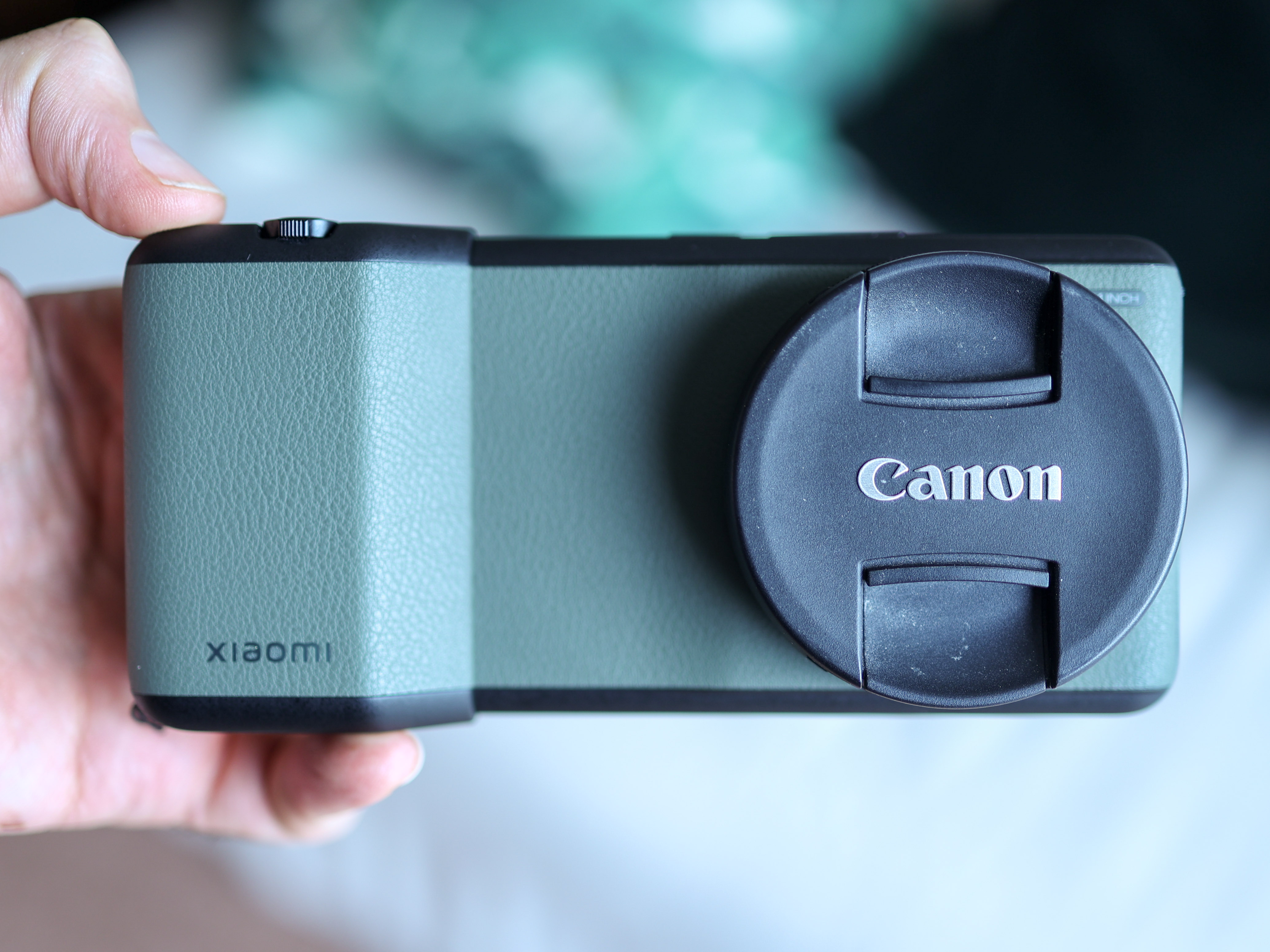

Then there’s the slide-on camera grip. This is an ergonomic dream! It gives you a zoom toggle and a two-stage shutter release at your fingertips, and enough girth to be able to hold the phone comfortably with one hand while recording or snapping.
One-handed photo video capture, complete with zooming? Yep – what was once beyond the realms of smartphone photography is now within reach. And I love it.
The camera case highlights don’t stop there – you can detach the grip part to use it as a wireless shutter release and zoom control – it connects via Bluetooth.
And finally, there’s a lens cap to protect your lenses, which can be swapped out for a 67mm filter ring. If you are into photography, as you’ll know, this means you can easily screw on an ND filter and luxuriate over super-long shutter speeds for some ethereal, floaty streams, or ghost-like bustling city shots.
IN SUMMARY
So while the Apple iPhone 14 Pro Max, the Honor Magic 5 Pro, and Samsung Galaxy S23 Ultra are all on shelves right now, enjoying the fact they’re top-dog camera phones, I think the competition should keep a keen eye on Xiaomi.
After all, T3 has already been impressed with the Xiaomi 13 Pro. And now I've used the Xiaomi 13 Ultra with its Leica tuning and seriously cool camera system for a whole week, I must say it's closing the smartphone/dedicated camera divide like no other before it – and leaping ahead of the establishment.

Basil has been writing about tech for over 12 years, with bylines in TechRadar, Metro, Wired, and Digital Camera World – to name but a few titles. He expertly covers everything from mobile phones to smart devices, cameras, audio-visual hardware, and kitchen tech. In addition to his extensive journalism experience, Basil is also skilled in video production, content strategy, and vegan baking, and runs Tech[edit], a technology-focused YouTube channel.